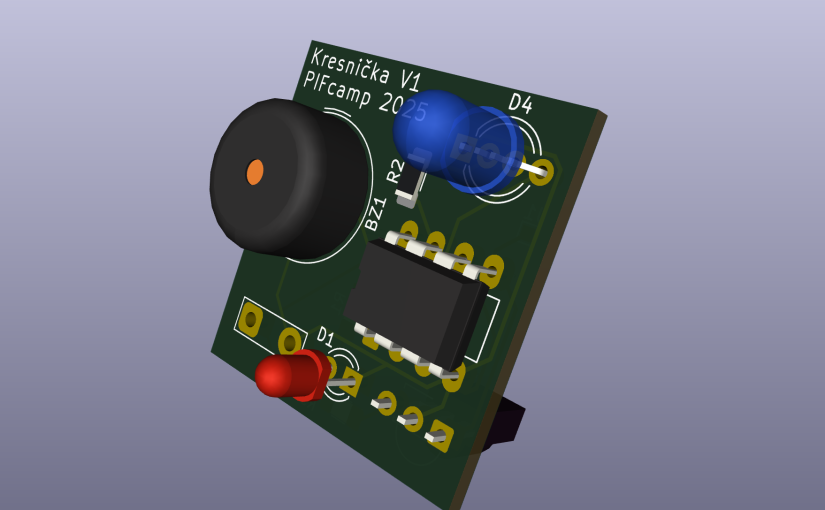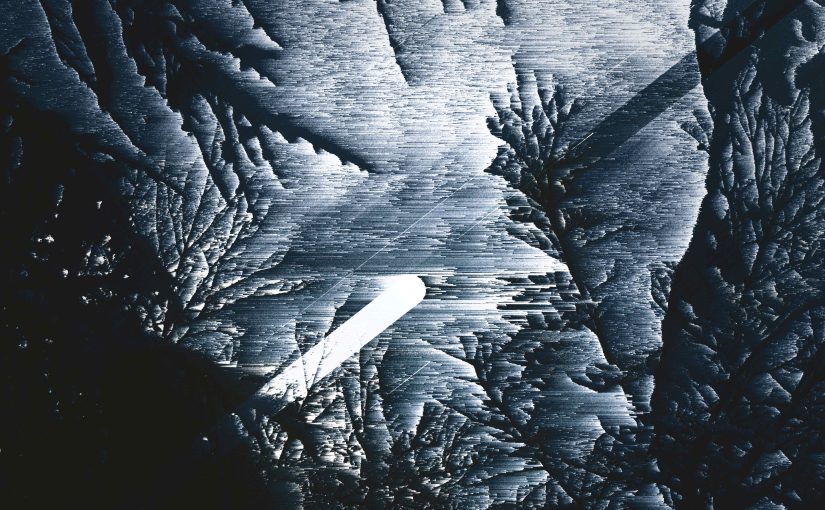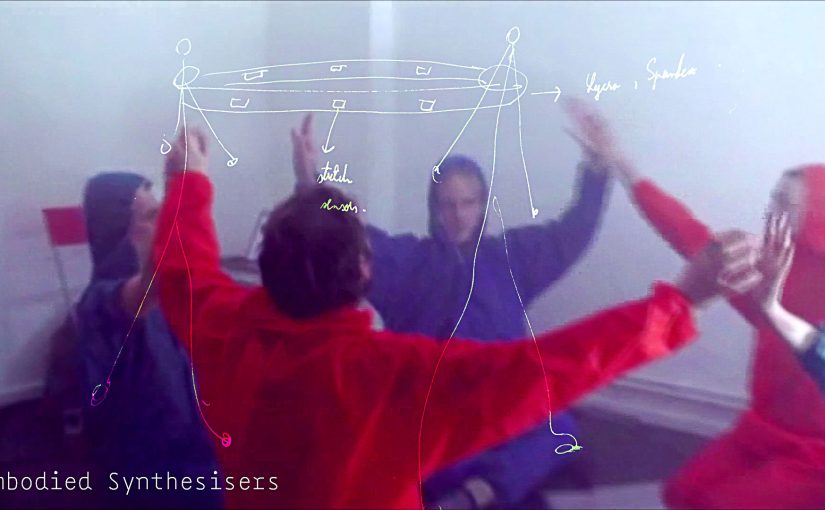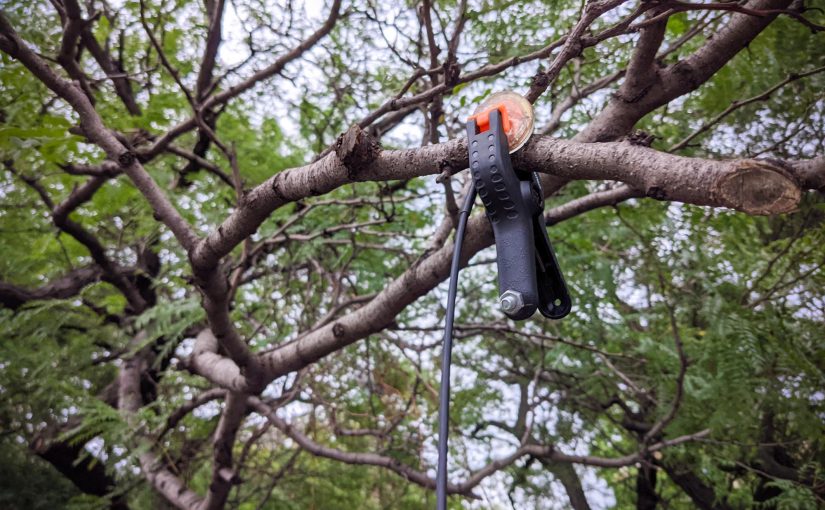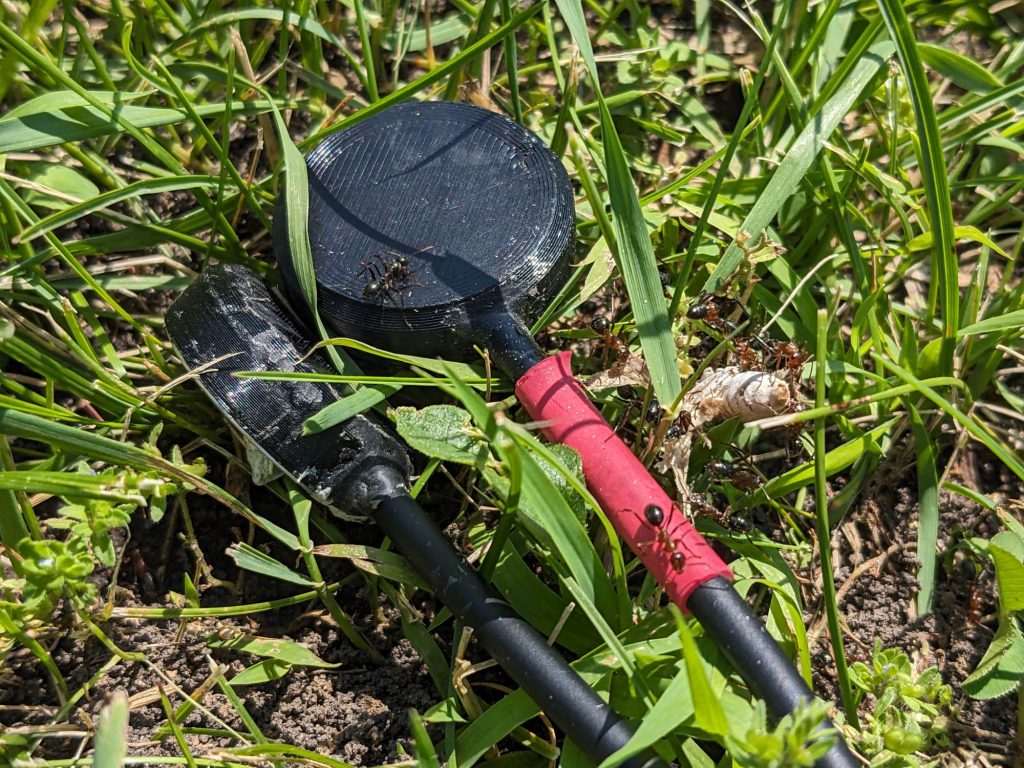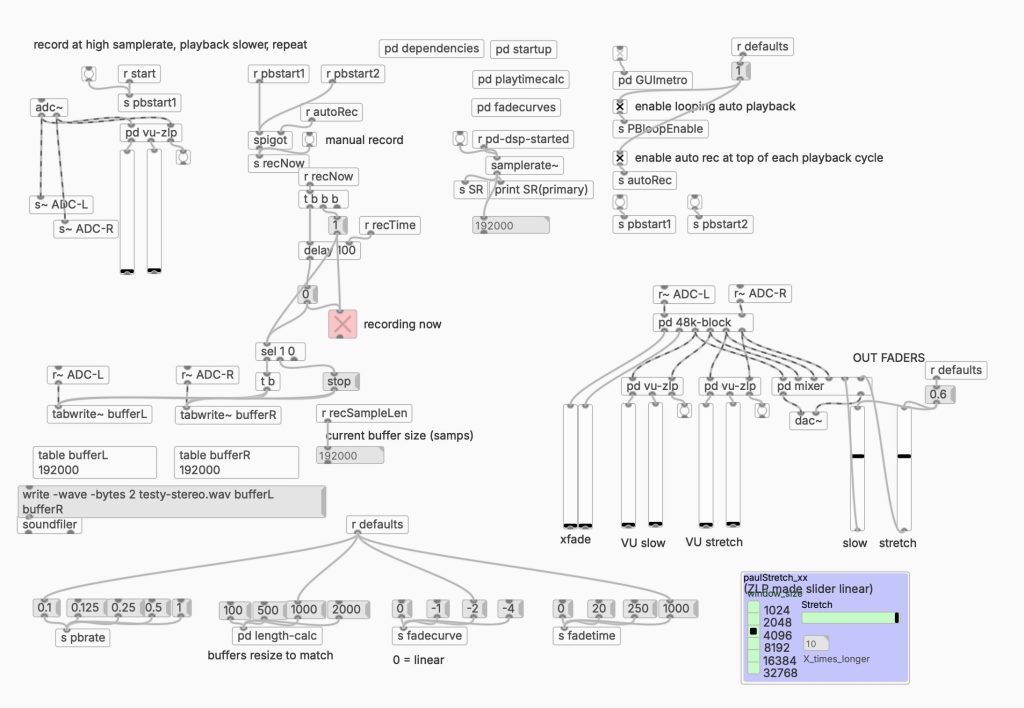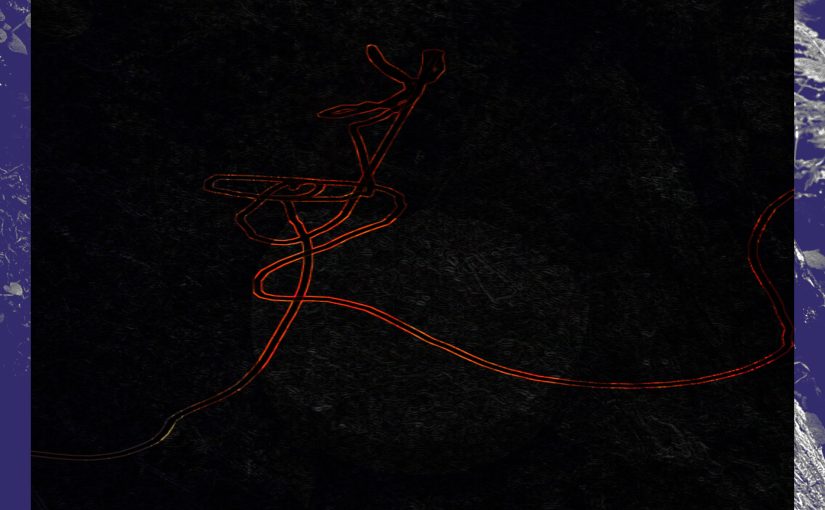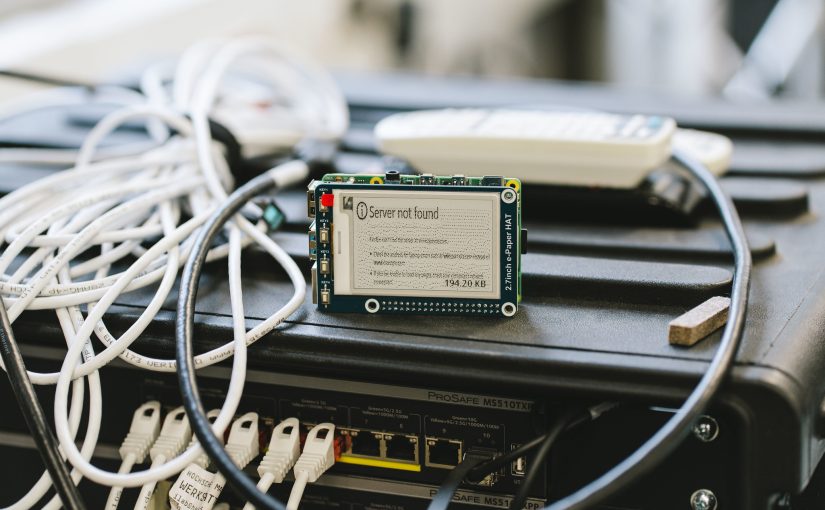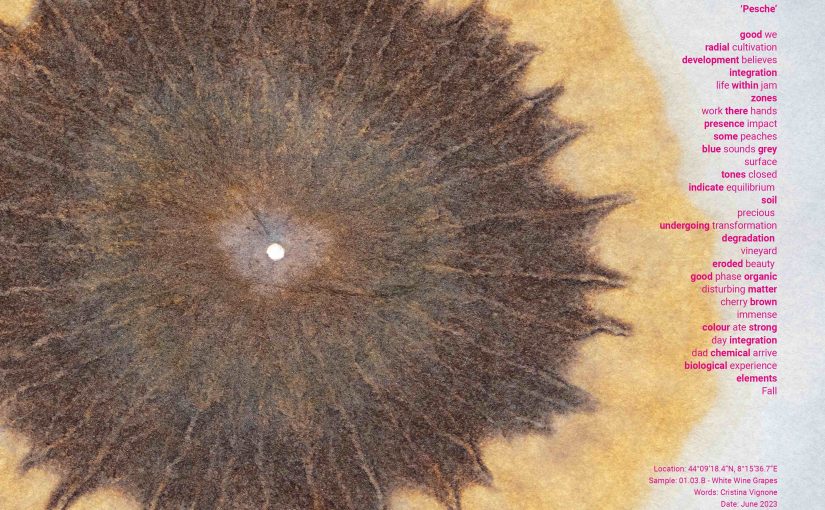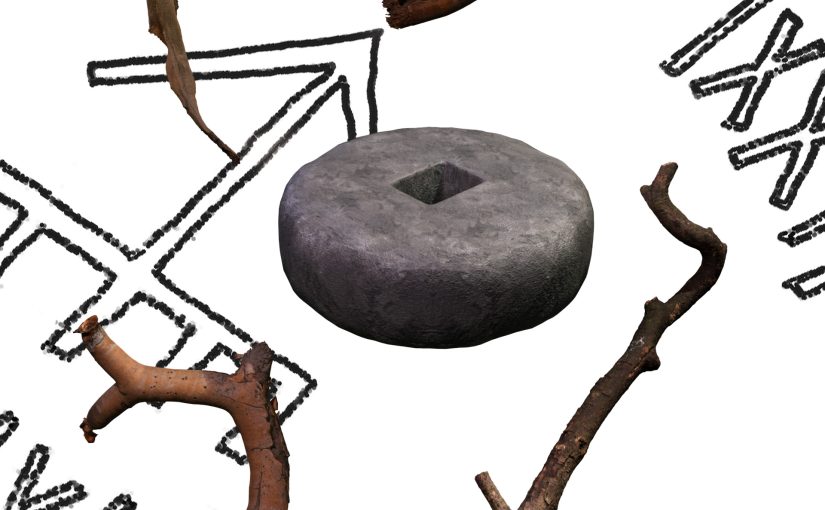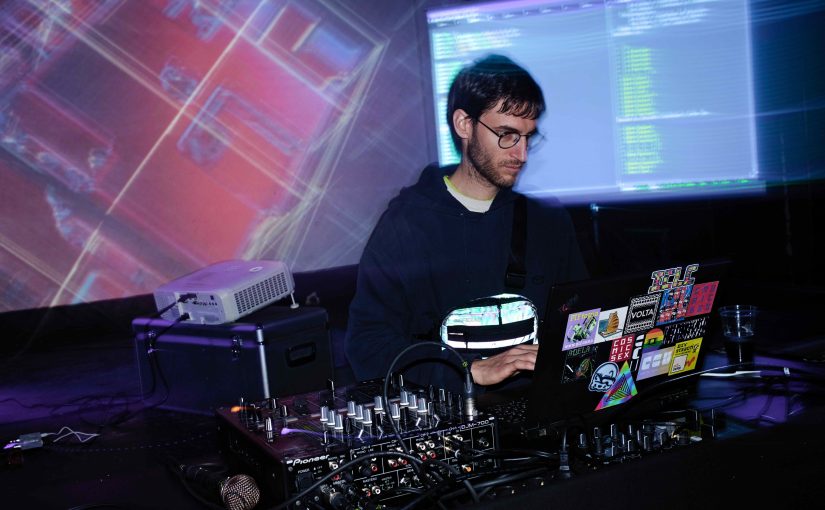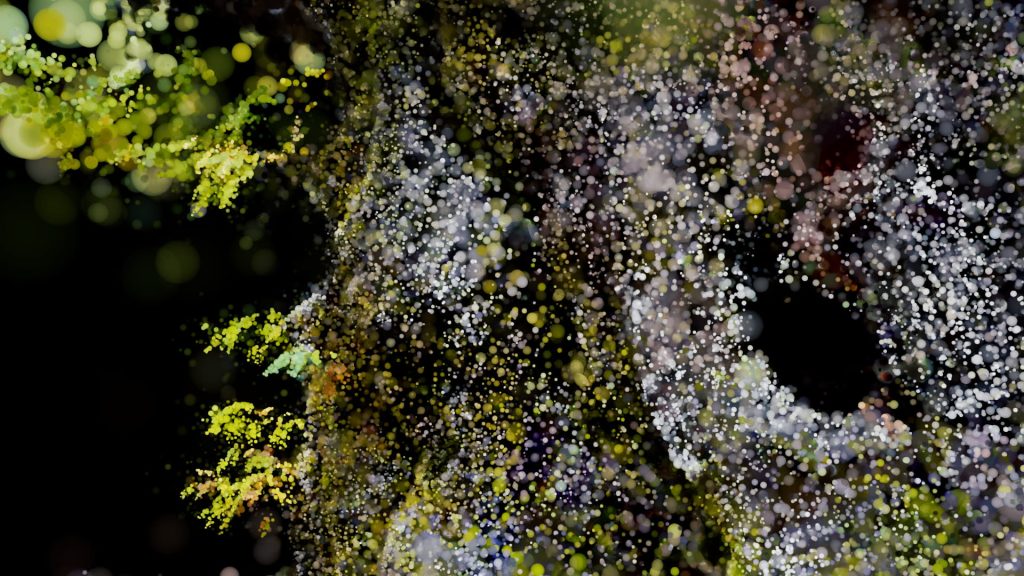
Sinfonía Biótica is an inter-species creative ecosystem. An investigation into the physical and electromagnetic bodies of other organisms, plants and fungi. A network of sensors connected to a database that monitors environmental data and its relationship with the vital signs of organisms.
An open community of people interested in learning more about other forms of life and in developing artistic projects with this information with the aim of raising awareness about the complexity and importance of respecting and caring for these organisms.
All this information feeds into Sinfonía biótica VR, a virtual reality experience in which human beings and non-animal organisms -such as plants and fungi- collaborate in the creation of an interactive audiovisual piece.
Each of these organisms within the symphony, based on the data generated by their electrical impulses, movements and sounds, will interpret a part of the bio data sound composition. The movements and interactions of the performer will be added to the unique and unrepeatable collaborative piece as another instrument.
Sinfonía biótica is a project based on multiple types of information collected from different living beings. On the one hand, we record the physical bodies of the tree and its environment using photogrammetry
techniques and radiance fields. On the other hand, we collect data from the electrical impulses of the plants and soon also from their environment (temperature, humidity, electroconductivity). We treat this data in a way that allows us to represent both the physical appearance and part of their inner workings to create the digital personality of each one of them.
PHYSICAL BODIES
On one hand, we digitise the physical body of organisms using photogrammetry and Gaussian splatting techniques. After processing and cleaning, we can use these point clouds in Blender, Unreal Engine with the LumaAI plugin or TouchDesigner.
ELECTRICAL DATA FROM PLANTS
Biodata – Symbioware
It is an open-source hardware technological device, designed by Sam Cusumano, from Electricity for Progress, based on Arduino ESP-32 that allows us to amplify the electrical signals of living beings.
By connecting its electrodes to plants or fungi, we can receive fluctuations in their electrical impulses and convert them into sounds, projections, changes in lights, etc.
How does it work?
– Small changes in electrical conductivity are measured between electrodes and fed into a programmable microcontroller.
– The changes are detected by calculations of means and standard deviations that light up LEDs and produce MIDI notes and control changes.
– The circuit used to detect biological galvanic conductance is based on a 555 timer configured as an astable multivibrator, similar to a simple lie detector.
The exploration and practice of Biodata Sonification can allow a student, musician, scientist or florist to listen to the secret life of plants, and understand how their tools work!
More information:
https://sinfoniabiotica.xyz
https://molinolab.org
https:/b1tdreamer.xyz
